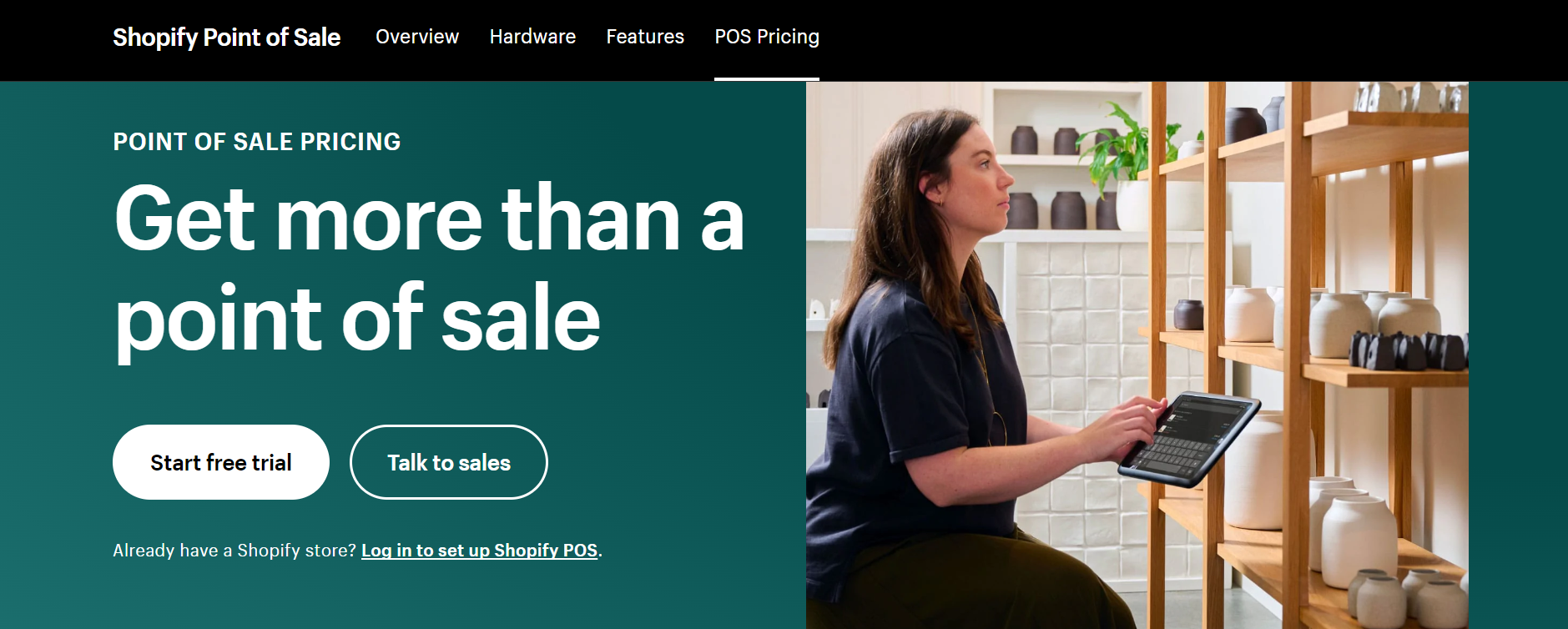TechRadar Verdict
Shopify offers a stellar point-of-sale system for large retailers. It’s expensive, but the features are worth the cost for high-volume retailers.
Pros
- +
User-friendly interface
- +
Advanced features
- +
Extensive third-party integration
Cons
- -
Expensive
Why you can trust TechRadar
Shopify is best known as a leading ecommerce platform globally. Over 2 million stores are hosted on this platform, ranging from small businesses to major brands with a global customer base.
Since its founding in 2006, Shopify has grown from a mere e-commerce site builder into a full-fledged platform offering advanced tools for running an online store. In 2013, the company launched its first point-of-sale (POS) system, a fitting solution for e-commerce entrepreneurs, many of whom operate physical stores.
Shopify POS has since become a leading point-of-sale solution for businesses. I tested it comprehensively to help you decide whether it’s a suitable solution for your venture. I dove deep into its features, user-friendliness, and pricing, among other factors. Read on to learn more about this POS system.
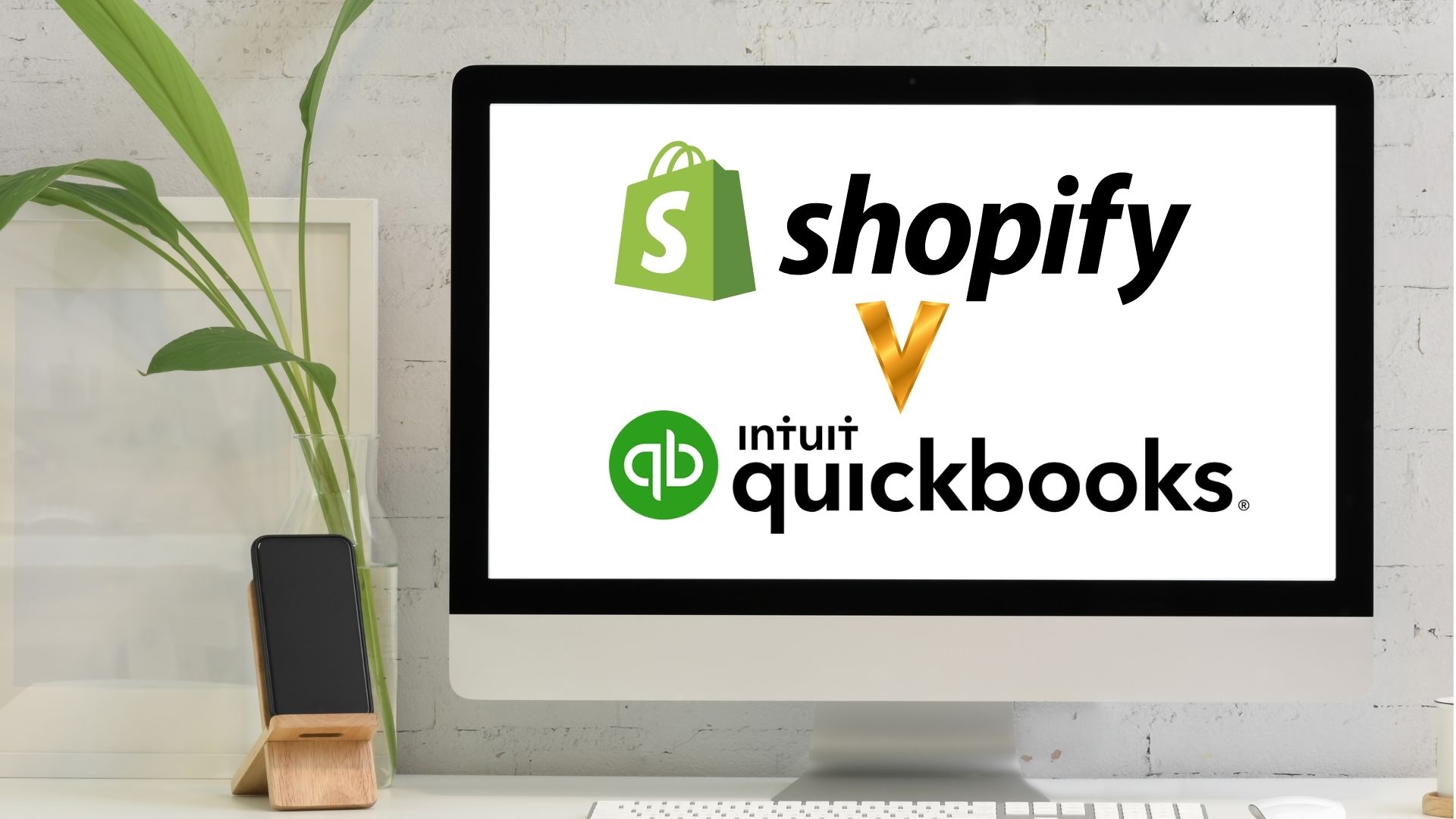
We compare two point of sale giants: Quickbooks POS vs. Shopify POS system: What's the difference and which is best for my business?
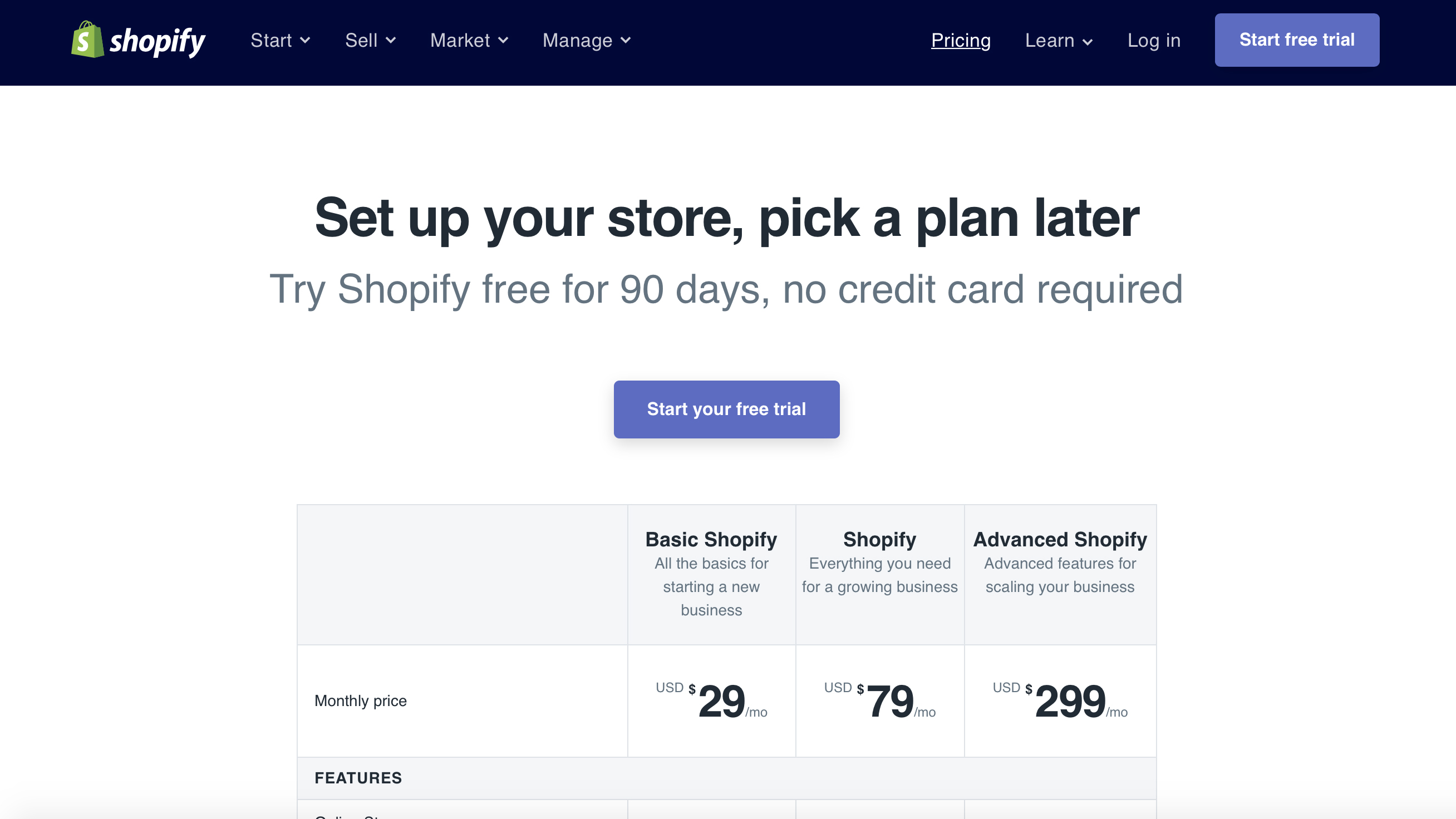
Shopify POS: Plans and pricing
Shopify POS has two pricing tiers: Lite and Pro. Lite is included for every user with an existing Shopify plan, but Pro costs extra money along with your Shopify plan.
Let me start by listing the Shopify account plans.
Basic: For $32 monthly, you can access basic Shopify features and host your store on a custom domain.
Shopify: At $69 monthly, this plan provides 5 staff accounts and professional reports about your online store.
Advanced: At $299 monthly, this plan provides 15 extra staff accounts and a 10x checkout capacity than other plans.
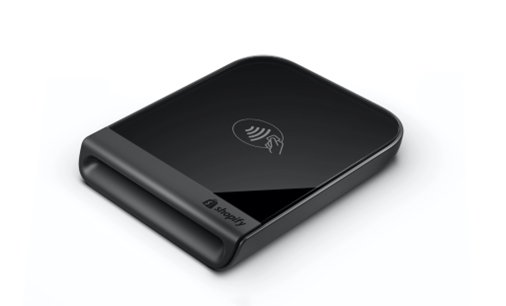
Every Shopify plan includes a POS Lite subscription, which lets you take in-person payments and store customer information. A POS Pro subscription ($89 monthly for each location) unlocks more advanced features like unlimited staff accounts, advanced inventory management, and multi-channel selling. I loved these features, but I grumbled about the high price.
You also need to buy a card reader or a POS terminal from Shopify. The card reader costs $49, and the Terminal costs $459. These prices are higher than those of many hardware systems I’ve purchased from other point-of-sale vendors, but Shopify has a reputation for being pricey anyway.
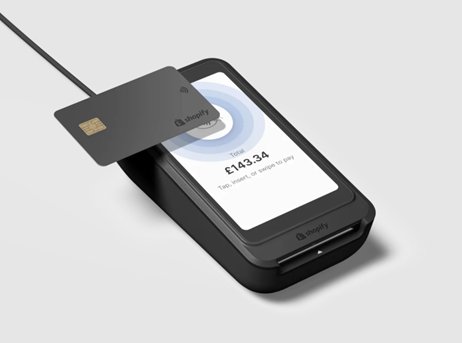
Shopify POS: Features
Shopify’s point-of-sale system simplifies the process of selling items and tracking sales. It has an intuitive mobile app that lets you sync your inventory, payments, and customer data into a single system.
I liked the simplicity and versatility of the Shopify POS app. After downloading the app, you can add new items to your catalog or use the inventory of your existing Shopify store.
When a customer orders an item in person, you can simply select it from your inventory and direct your customer to pay. Buyers can pay by inserting, swiping, or tapping their card on the portable card reader. They can also do the same on the Shopify terminal.
Note that Shopify charges a commission on each sale:
2.7% on the Basic plan.
2.5% on the Shopify plan.
2.4% on the Advanced plan.
Shopify’s fees seemed high to me, but I’ve seen even higher fees on other point-of-sale systems. I think large businesses are better off with the Advanced plan, which has a 2.4% fee compared to 2.7% on the Basic plan. That 0.3% difference constitutes significant savings for large retailers even after accounting for the cost of the Advanced plan.
Inventory management is the feature I enjoyed most with Shopify’s point-of-sale system. You can add products seamlessly, specifying their price, quantity, type, and other details. If someone wants to buy a product, you can quickly choose it from the inventory, and they’ll see the details and make a payment.
Suppose you specify 10 units of a product in stock, and customers buy 5 of them. Each sale is automatically subtracted from the system, and you’ll be alerted when a product is running low.
I like that Shopify has a native barcode app that works seamlessly with its point-of-sale system. This app lets you print barcode labels for your products on different paper types. Then, paste these labels on your products and stock them on shelves.
When a customer enters your store and picks up an item, you can scan the barcode and retrieve all the details, including the price and description. Scan multiple products, and Shopify will add the total cost. Then, the customer can quickly pay and receive their goods.
If Shopify’s native barcode app isn’t suitable, you can choose third-party barcode apps on its App Store. Extensive third-party integration is something I admire about Shopify. After testing many point-of-sale systems, I can confidently say most systems don’t have the expansive third-party integration of Shopify.
Shopify’s point-of-sale system lets you store data about your customers, which you can use for personalized marketing campaigns. For example, you can open a customer profile and monitor how long they've been a customer, how many products they've bought from you, and the total amount they've spent on your store. This way, you can offer discounts and promo packages to loyal customers.
If you run multiple point-of-sale systems, you can view all customer data in one place, which I liked about Shopify. Some point-of-sale systems I’ve tested make data aggregation a cumbersome process, but not this one. I could monitor everything from a centralized dashboard and fetch valuable insights.
A drawback is that the Shopify Lite plan doesn’t include advanced inventory management and analytics features. For example, you can't monitor multiple stores from a central dashboard on the Lite plan. You can't capture extensive customer data, perform inventory counts, and get alerts for low-stock products on the Lite plan. You need the POS Pro for these features, which costs $89 per month per location.
Shopify has one of the best features of any point-of-sale systems I’ve tested. My only complaint is its relatively high setup and recurring fees. The hardware systems are costlier than many rival systems I’ve tested, and the monthly fees are also steep for small businesses. Some rival systems don’t have monthly fees, although they don’t have the same extensive features as Shopify.
Shopify is a great choice for medium- and large-scale businesses. This cohort will best utilize the sophisticated features, and their high sales volume justifies the price. As much as I’d love small businesses to access the same features, the cost of Shopify’s POS hardware and subscribing to a Pro plan isn’t justifiable for small sales volumes.
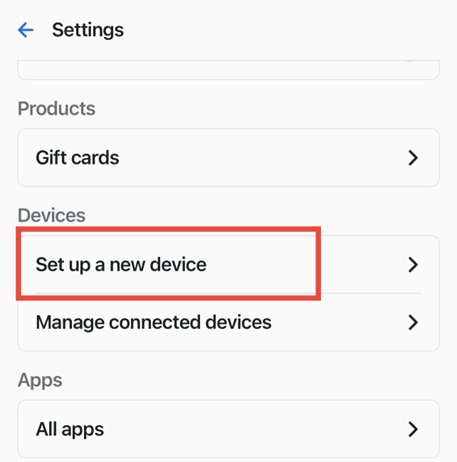
Shopify POS: Interface and use
Shopify has one of the best interfaces I’ve interacted with in a point-of-sale system. I can’t help but commend the designers for packing many features into a simple interface any businessperson can easily understand. I’ve tested some POS systems with fewer features but a convoluted interface that requires considerable time to get used to.
Setting up the point-of-sale system was a noticeably easy task. It works with the Shopify POS app, which is available on iOS and Android. You can download this app on a smartphone or tablet; I chose the former during my test.
To set up a new Shopify point-of-sale hardware, users can navigate to the Shopify POS app’s settings menu and select Set up a new device. Then, you can choose your specific hardware (card reader or Terminal) and follow the on-screen instructions.
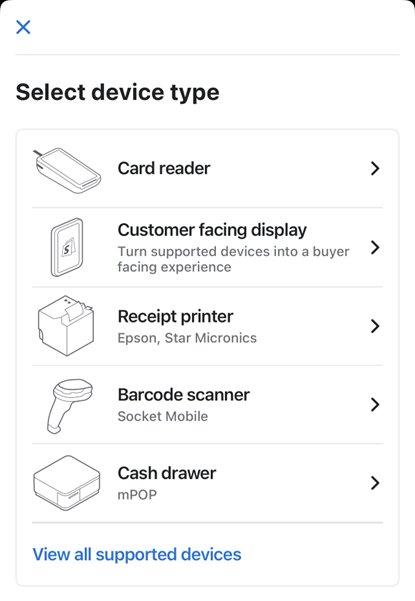
For the card reader, the process entails pressing and holding the power button for 4 seconds, then pressing Connect on the Shopify POS app. The Terminal follows a similar process. I tested both devices in test mode to learn how they worked before processing a live transaction.
I liked that Shopify let me display custom images, logos, and messages on the Terminal’s screen when it wasn’t in use. This feature seems trivial, but it makes your business look more professional to customers and passersby. For example, you could use this screen to announce discounts and promos to passersby.
I have no complaints about Shopify’s user-friendliness. It’s as good as a point-of-sale system can get in this criterion.
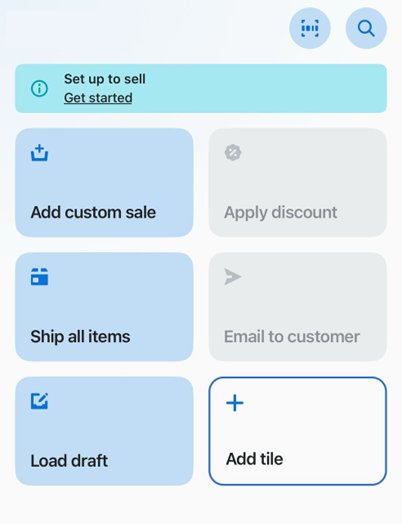
Shopify POS: The competition
The point-of-sale systems market is very competitive. I’ve tested numerous systems, and Square POS is the rival I’d like to highlight.
I’ve mentioned that Shopify is best suited for medium and large-scale businesses. I consider Square a good alternative for small businesses that can’t easily adopt Shopify.
Square has a broader range of POS hardware, and its Terminal is more affordable: $299 compared to $459 for Shopify’s. Square also doesn’t have recurring monthly fees to access some features, unlike Shopify’s $89 per month POS Pro fees.
Although Square has higher transaction fees, it’s still more affordable for small businesses, considering the savings from hardware and monthly recurring costs. However, for large companies with high sales volumes, Shopify is a cost-effective option with more features.
Shopify POS: Final verdict
Shopify’s point-of-sale system provides excellent features for running a retail business. It excels at the retail niche but isn’t ideal for other businesses like restaurants and hospitality.
If you run a large retail business with high sales volumes or expect to in the future, Shopify is a perfect point-of-sale solution. You can take advantage of its features to streamline your operations and monitor sales from multiple outlets in one dashboard. It’s not the best for small businesses, however.
Stefan has always been a lover of tech. He graduated with an MSc in geological engineering but soon discovered he had a knack for writing instead. So he decided to combine his newfound and life-long passions to become a technology writer. As a freelance content writer, Stefan can break down complex technological topics, making them easily digestible for the lay audience.
You must confirm your public display name before commenting
Please logout and then login again, you will then be prompted to enter your display name.
